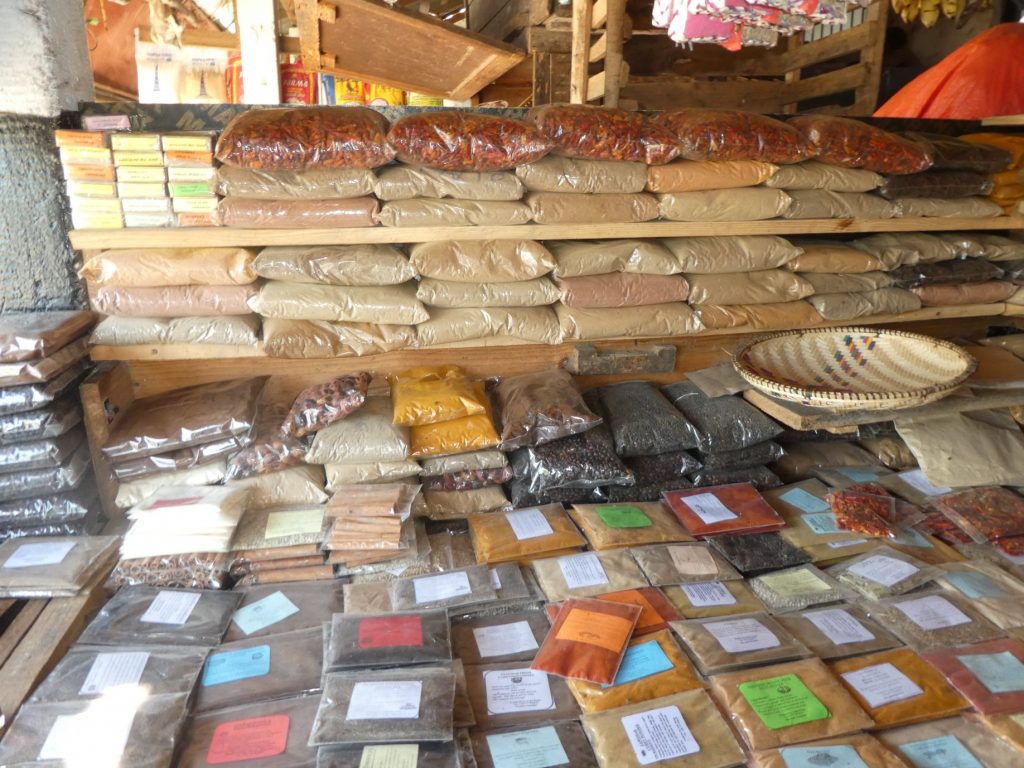
The Spice Wars (Part Eight) – War Crimes and Subjugation
January 3, 2022The Spice Wars Part Ten – The Architect
February 18, 2022
By Satish Sekar © Satish Sekar (January 2nd 2022)
Bland
Imagine food without spices, bland, tasteless, almost inedible. Now imagine a world where spices are an expensive and treasured commodity, where whoever controls the flow of spices has access to untold riches. Then factor in monopoly capitalist greed that values huge profits far above lives even if they are already receiving huge profits. The seeds (pun intended) for the Spice Wars had been sown and nurtured. They grew into the tree of atrocity upon atrocity.
The indigenous people of the Banda Islands grew the coveted spices, especially nutmeg, which was the prized spice and they knew it. They reached agreement to supply the Dutch in 1599, but that was not enough for the Dutch East India Company (DEIC) who wanted to prevent others having access to the spice and they wanted it in return for their cheap unwanted products. They wanted control of the supply of spices – a monopoly – and they were prepared to kill to get it.
The fourth Governor-General of the Dutch East Indies, Jan Pieterszoon Coen, delivered that monopoly by slaughtering, enslaving and transporting the indigenous Banda Islanders. His successor, Pieter de Carpentier, inherited a crisis almost on arrival in February 1623, the Amboyna Massacre. De Carpentier was succeeded by his predecessor in October 1627. He returned to the Netherlands laden with expensive spices, which facilitated other ships departing to exploit the monopoly that Coen’s excessive brutality had won for a grateful DEIC.
The Interim Governor-General
Coen died in office on September 21st 1629 in Batavia (Jakarta). He was succeeded by Jacques Specx, whose daughter, Saartje, had been living in Batavia under Coen’s protection. When aged 12 she was caught making love in Coen’s private property to a mixed-race 15-year-old-boy. The outraged Coen had to be dissuaded from drowning Saartje, who was partly Asian, but had the boy beheaded. Saartje was thrashed severely in front of Batavia’s Town Hall on Coen’s order. Saartje’s mother was a Japanese concubine. She died aged just 19.
Jacques Specx was part of a Dutch delegation that opened up trade to Japan for the Dutch by reaching agreement with Tokugawa Ieyasu, founder of the Tokugawa Shogunate, in 1609. The Tokugawa Shogunate ended in 1868 – it had outlasted the Dutch East India Company (DEIC) by almost seven decades.
Their agreement with the Shogun was important as it helped establish Dutch importance in the far east of Asia. The DEIC also had extensive trading rights in Japan as well. That soon extended to Formosa (Taiwan) and Korea as well.
The Dutch were emerging as the most powerful European trading nation in east Asia and the East Indies. But where negotiation failed, force would be used. Coen established that. Shortly after Coen’s death, Specx was appointed Interim Governor-General of the Dutch East Indies from September 25th 1629 for just over three years. Specx died in July 1652, the same year Johan and Maria van Riebeeck brought white settlement to South Africa.
Specx was succeeded as Governor-General of the Dutch East Indies by Hendrick Brouwer. He proved to be a very important figure in the Spice Trade and also Dutch colonialism.

